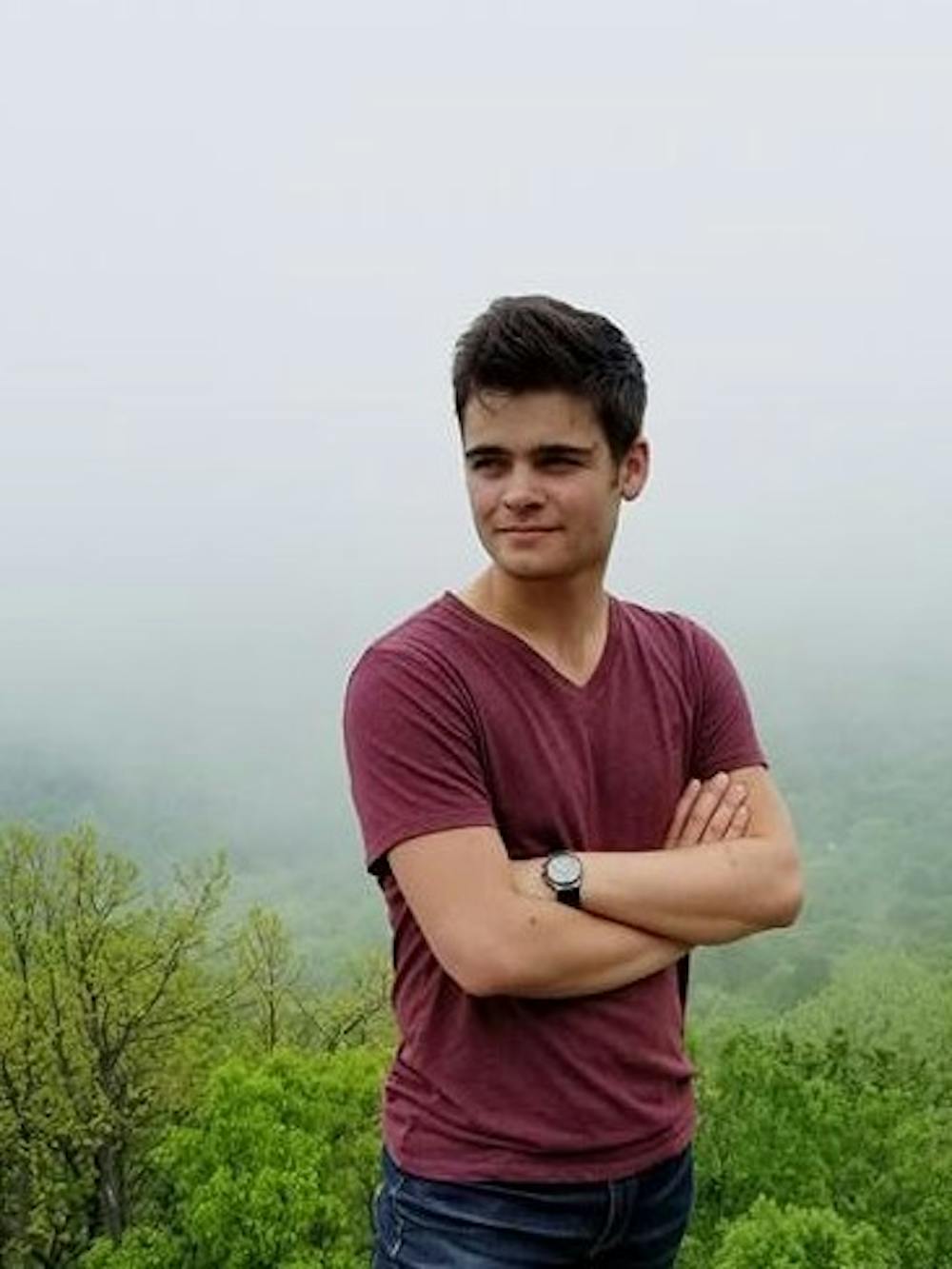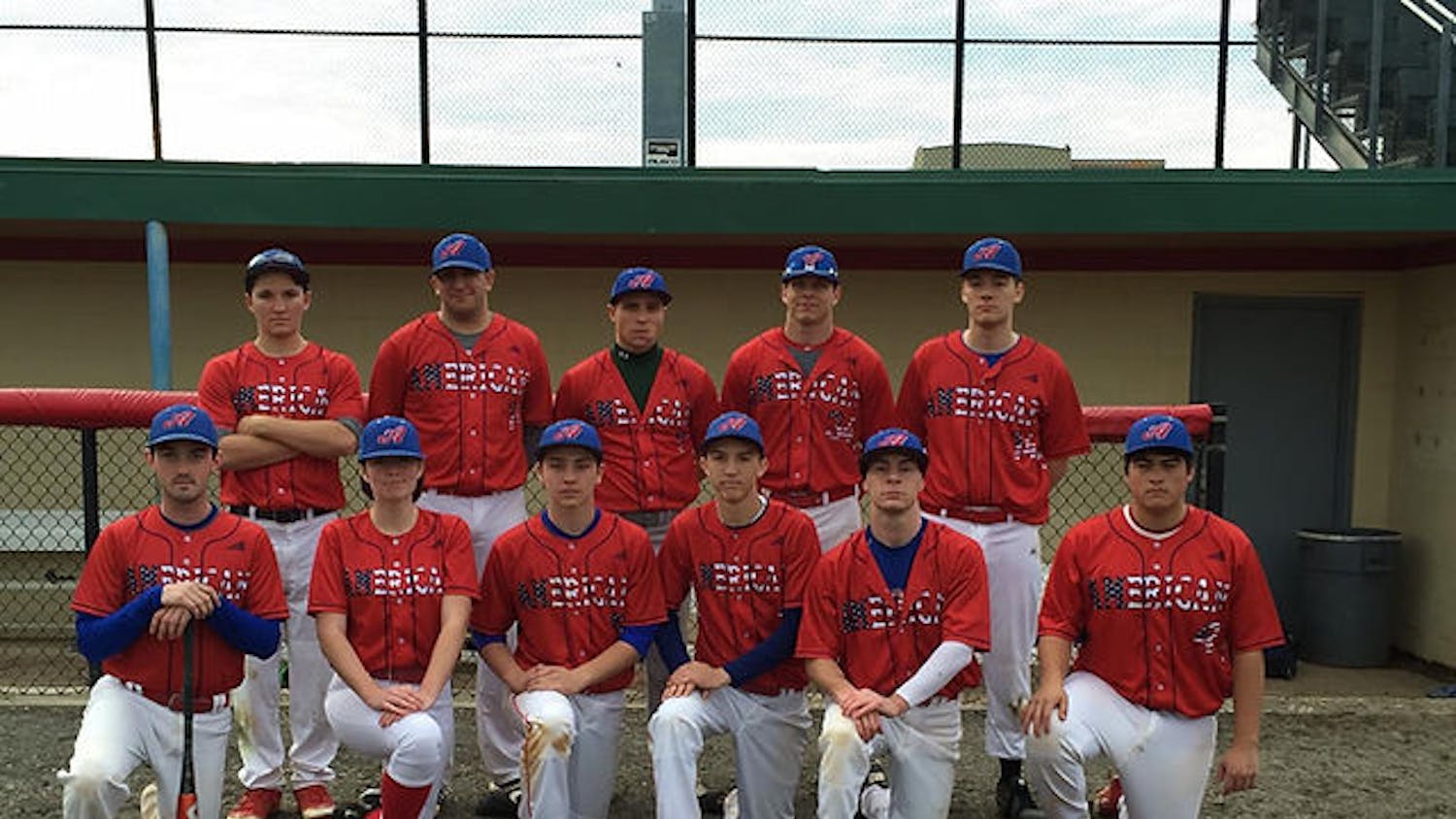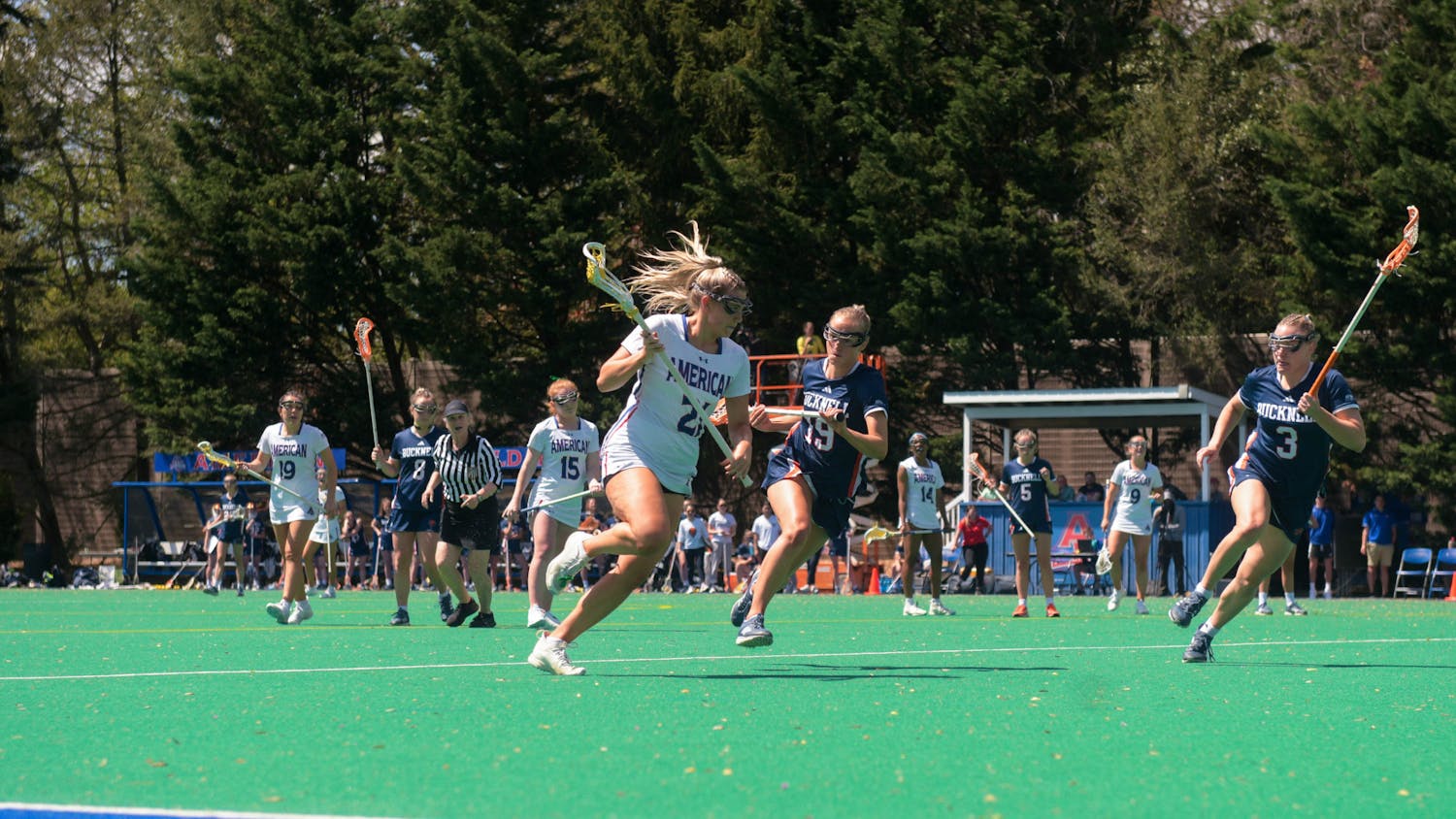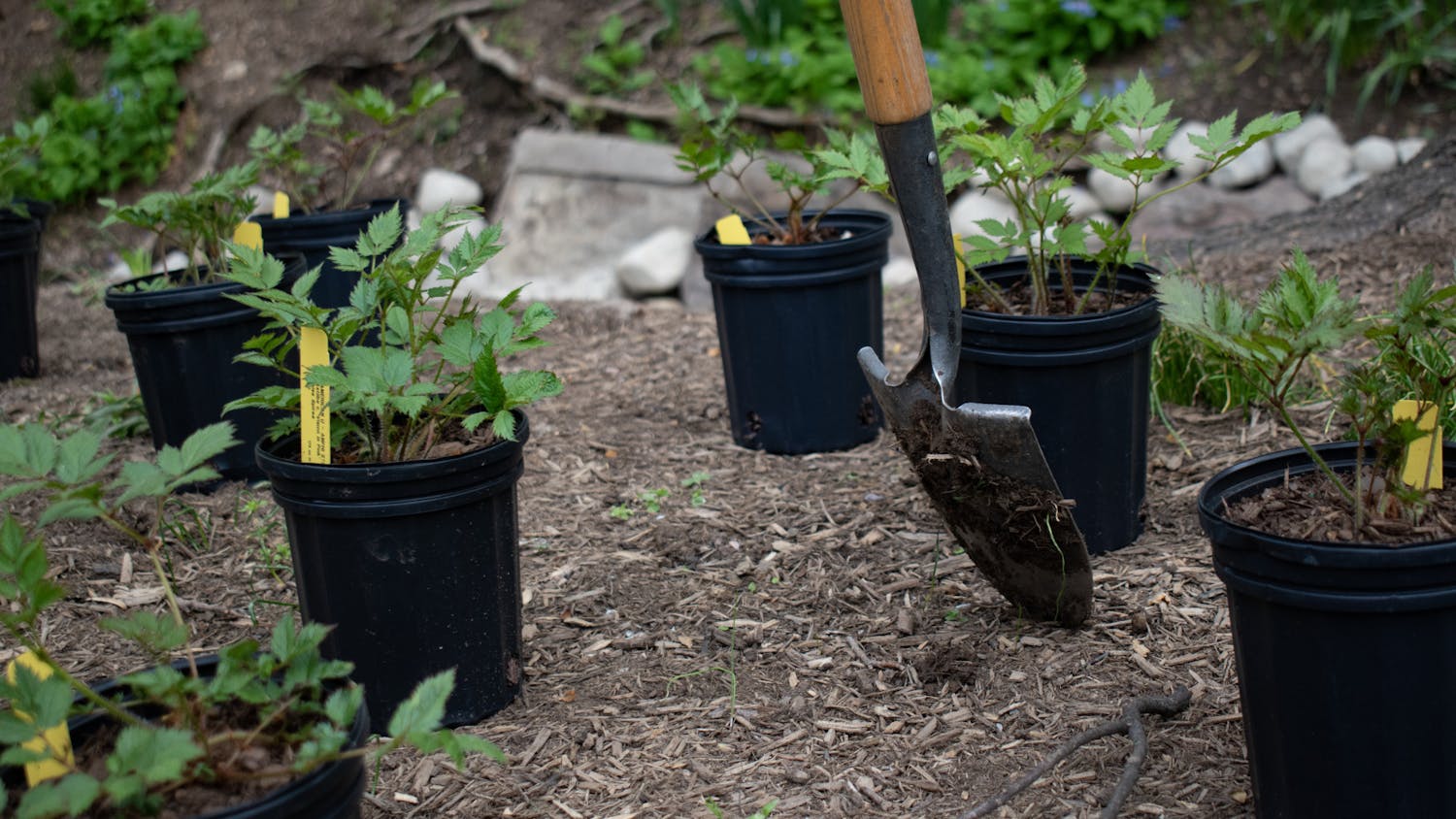Ghosts are real, and they live in the gutter of the American dream. They live on sidewalks and park benches. They live without being seen or heard. These ghosts are homeless youth, and many of them are on the brink of being lost to hunger and exposure.
Youth homelessness is not a new problem; it is an ignored problem. In 2016, the Department of Housing and Urban Development found more than 500,000 people were experiencing homelessness. That’s more than the entire population of Atlanta, Georgia. Currently, 35,686 of those struggling with homelessness are 24 and younger. Behind every number on that HUD data sheet is a person with complex problems and reasons for becoming homeless. Abuse, mental and physical health problems, and abandonment come with the territory of youth homelessness. They also provide context to why more young Americans are finding themselves without a stable place to live.
Data collected by Covenant House, a network of direct action homeless shelters for youth, reveals a long and tired list of reasons behind youth homelessness. Sixty-four percent of homeless youth report a history of physical abuse, sexual abuse or both. Forty-one percent reported acts of violence in their home. Thirty-six percent reported that one or more of their family members used drugs regularly, and 15 percent have had someone close to them murdered. A staggering number of these people identify as LGBTQ.
Being on the streets gives rise to a whole new set of potential problems, such as human trafficking, illness, lack of formal education and unemployment.. The chronic suffering endured by homeless youth makes it hard to get the crucial foothold needed to rise above the symptoms of homelessness; they need stable ground and a support net to fall back on. Homelessness in those age 24 and younger is a growing and largely unnoticed problem, and therein lies a truly daunting obstacle; inspiring empathy and compassion for the homeless.
Homeless people are inarguably intertwined into the fabric of society. If you live in a city, it is likely that you pass a homeless person on your daily commute. Despite the inherent visibility of their situation, they go unnoticed. They are like statues, monuments to the numbing of the American people, or to the callousness towards those we find undesirable. These people are not undesirable, and cannot be forgotten. It does not have to be this way. There can be hope, and it will begin when we start noticing.
We need to ask ourselves how we will raise awareness. Tonight, people all over the nation will be sleeping outside with their local Covenant House chapters for Sleep Out America, an event aimed at raising awareness for youth homelessness. American University will be hosting Sleep Out AU, the first ever university sleep out. For one night, I will brave the cold to bring attention to those who do not have the option to choose a warm bed. I will not pretend to know what those suffering from homelessness feel, but for one night myself and many others will sleep outside. We will sleep out to raise money, to gather clothing donations and to increase awareness about youth homelessness. Sleeping outside one night can never compare to the chronic suffering that homeless youth endure, but it can be a step towards a future where no young person is without a safe bed at night.
Steve Cammarota is a senior in the School of Communication.





